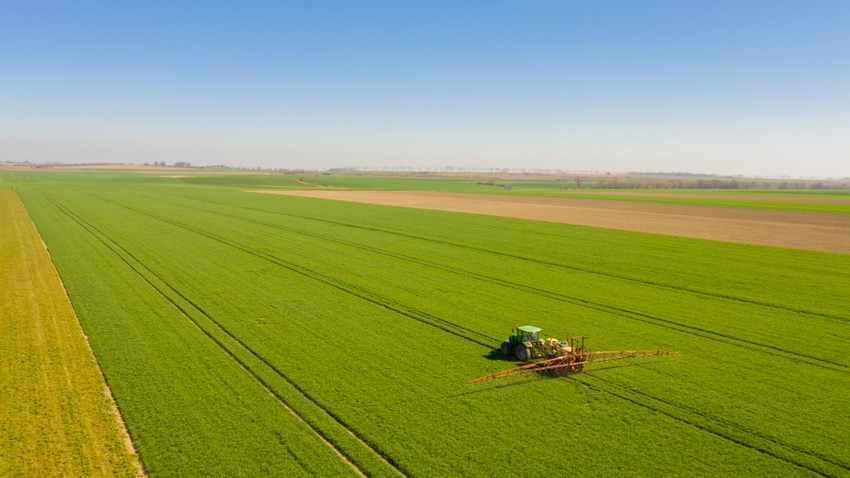
You find weeds like waterhemp or kochia in your field. You follow all procedures to spray the proper herbicides to kill them off. But what if your usual mix just doesn’t work anymore?
Group 14 resistance in these weeds is becoming more common throughout North Dakota and surrounding states, according to Joe Ikley, weed specialist at North Dakota State University Extension.
Group 14 herbicides, classified as PPO inhibitors, include aryl triazinone, diphenylether, N-phenylphthalimide, pyrimidenedione and bipyridylium chemical families.
“Recently, we have seen Group 14-resistant waterhemp in several counties in North Dakota,” Ikley says. “This is pretty important to consider for our postemergence herbicides, but also several of our preemergence herbicides that are Group 14 as well.”
Group 14-resistant kochia has also been discovered in counties across central and western North Dakota. “With eight counties officially confirmed with resistant kochia populations, I know we’ll be adding more affected counties by the time winter ends,” Ikley says.
This concern for kochia resistant to Group 14 stretches down into central South Dakota, although no resistance has been confirmed through testing there.
As of December, eight counties in North Dakota have confirmed resistance issues. The testing found a one-hundred- to five-hundredfold reduction in sensitivity to diphenylether herbicides, he says.
“Those brand names are Flexstar, Cobra and Blazer,” he adds. “Usually, a failure in those products is what brings this to our attention, but we also see a reduced sensitivity to sulfentrazone, which is Spartan and flumioxazin, or the Valor-type products.”
NDSU Extension has also confirmed dicamba resistance in waterhemp populations on the eastern side of the state.
Preemergents could help
Ikley says research at NDSU has offered some hope in controlling weeds such as Palmer amaranth, or pigweed, by using preemergence herbicides. “In a national study, we have been reevaluating the utility of metribuzin within soybeans,” he says. “The genesis of this trial was the fact that so many of our premix herbicides might have a full rate of a Group 14, plus a full rate of a Group 15, and then some cut rate of metribuzin for a comprehensive pre-mix.”
The trial observed higher rates of metribuzin for residual weed control in the pigweed species. Six weeks after planting, the researchers applied a preemergent of various formulas and combinations to test efficacy.
“We tested varied rates and different mixes of chemicals to find best results in soybeans,” Ikley says. “Once we added metribuzin into any of the individual herbicides, we were 78% to 96% controlled, where the products by themselves were between 15% and 75% controlled.”
From the data, the best control for waterhemp is a mix of Valor, Zidua and a half-pound of metribuzin, with 96% control achieved. “We saw great results from everything that mixed in that half-pound of metribuzin, or anything that had a three- to four-product combinations,” he said.
This trial will be repeated for the 2024 growing season, when kochia will be the “Weed of the Year,” according to Ikley. “We’ve just had enough kochia issues growing over the past several years that we expect to see it a lot more in 2024.”
For this next year, Ikley says the best management can come from identifying resistant populations. “As we get into 2024’s burndown season and herbicide spraying, we will be able to collect some leaves for a fee and send them into the National Agricultural Genotyping Center to determine resistance,” he says.
About the Author(s)
You May Also Like






